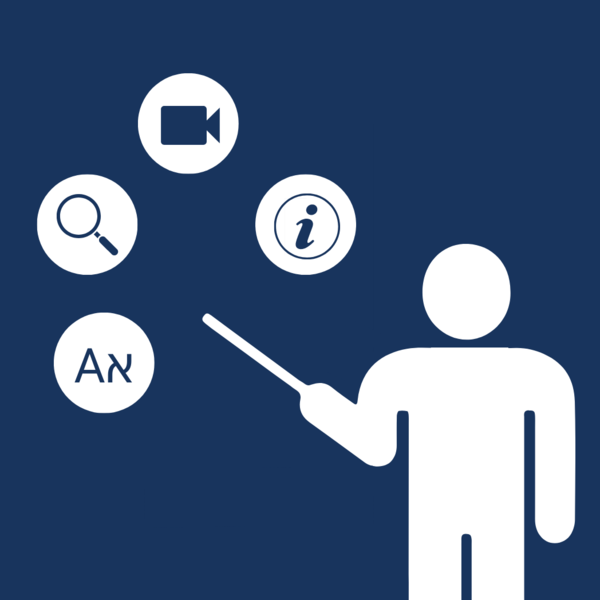Sefaria is a transformative and empowering learning tool. These ten tips highlight some of our favorite ways of using Sefaria in all types of learning environments to learners of all ages and backgrounds. Each tip links to its own sheet which further explains the idea and provides examples and illustrations. See the full collection of learning tips here.
If you would like to share your own learning tip, email us at [email protected]. We also invite you to join our special Facebook group for educators, The Sefaria Classroom: Where Educators Share, Ask, and Think Together.
Use the framework of Sefaria's library to help students understand a text's relationship to the entire library and to appreciate the large scope of the Jewish library.
Use the Aא menu to customize the text for your students. Choose the language (Hebrew, English, bilingual), the size of the font, the layout of a bilingual text, and, if available, vocalization.
Students can get in the habit of learning about new texts by opening "About this Text" in the resource panel.
Use topic searches to arrive at useful information quickly. This sheet provides instructions and examples.
Choose your favorite translation or compare among one or more translations.
Use Sefaria's reference materials to assist learners as they work with a Hebrew text.
As you read, use Sefaria's biography tool to learn more about each rabbi mentioned in the Mishnah and Talmud.
Teachers and learners can keep track of their thoughts, questions, and more with the notes feature. This sheet contains suggestions and instructions for using Sefaria's notes feature.
View any two, or more, texts next to each other side-by-side. This sheet contains examples and instructions.
How do the texts relate to each other? How are they in conversation with each other? Sefaria's visualizations provide a unique look at the relationship between texts.




